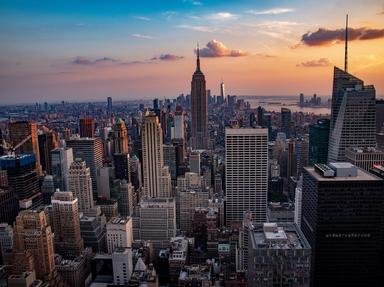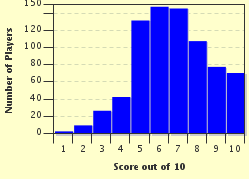Quiz Answer Key and Fun Facts
1. Many New York City street names are derived from Dutch words or phrases. Which street, described a path along the stream where young ladies strolled, was originally called "Maadgde Paatje"?
2. Named for the founder of a piano manufacturing empire, what is the main boulevard in Astoria, Queens?
3. What is NOT one of the "fruit streets" of Brooklyn Heights that run parallel to each other to form an "urban cornucopia"?
4. After plans for a "heavenly" cooperative community for families who wanted to leave Manhattan's Lower East Side fell through, what name was given to the parkway that runs through the land?
5. As a main north-south thoroughfare in Manhattan, which street gets its name from the Dutch "breedweg"?
6. Which fashionable New York street received its name from a tract of land spread with grates and grass along railroad tracks belonging to the New York and Harlem Railroad?
7. For which church is Church Street named?
8. Which street was named as a result of the East River washing up at high tide?
9. Which Greenwich Village street was named for an 1814 historical novel by Walter Scott?
10. Proving to be anything but "plain", _____ Street was described by the "New York Times" as having more published authors of books per block than any other place in the city, thus earning the nickname "Author's Row".
Source: Author
sally0malley
This quiz was reviewed by FunTrivia editor
Pagiedamon before going online.
Any errors found in FunTrivia content are routinely corrected through our feedback system.

